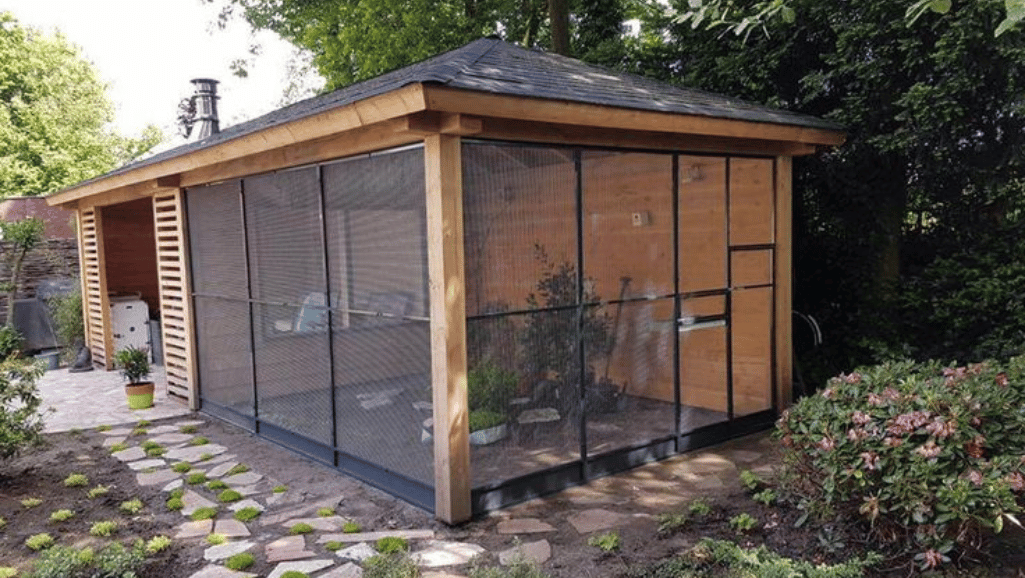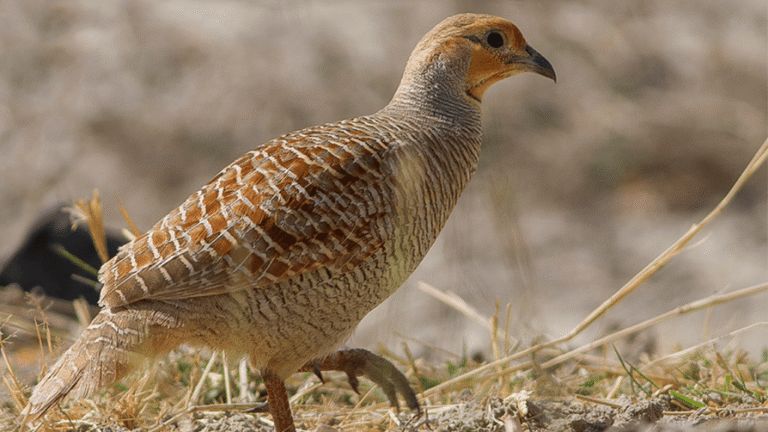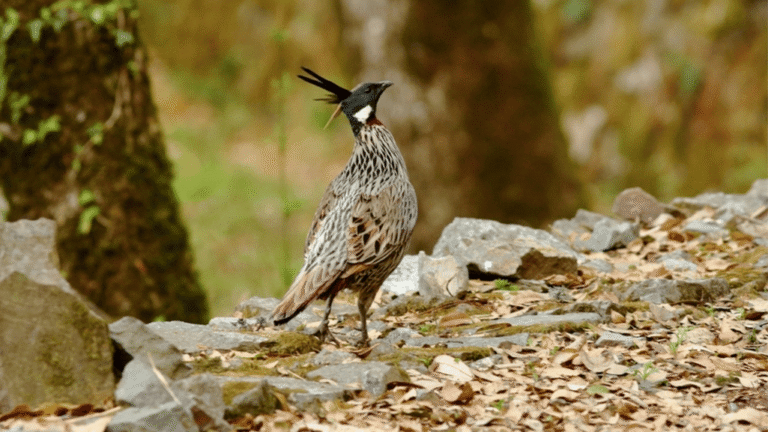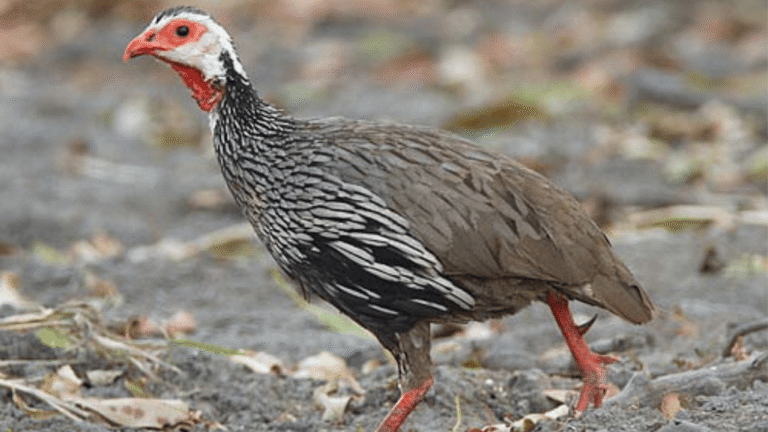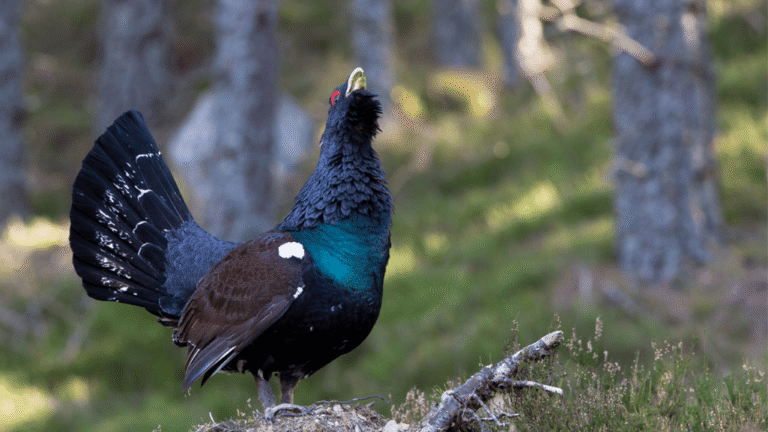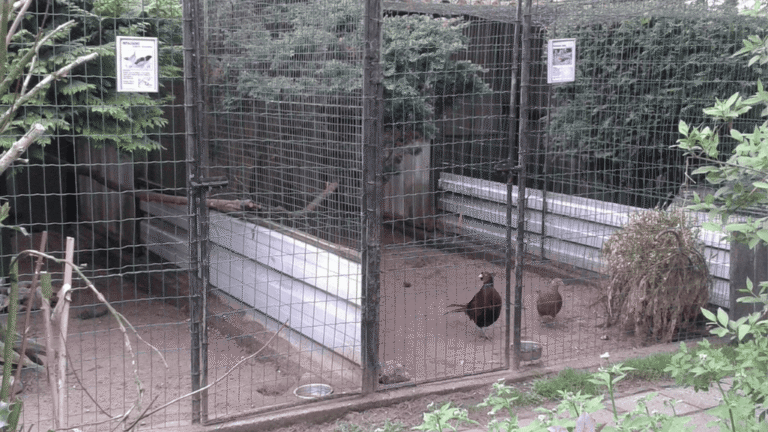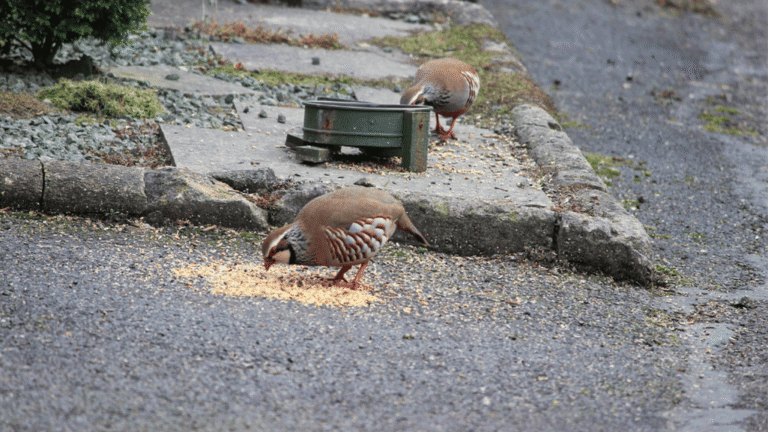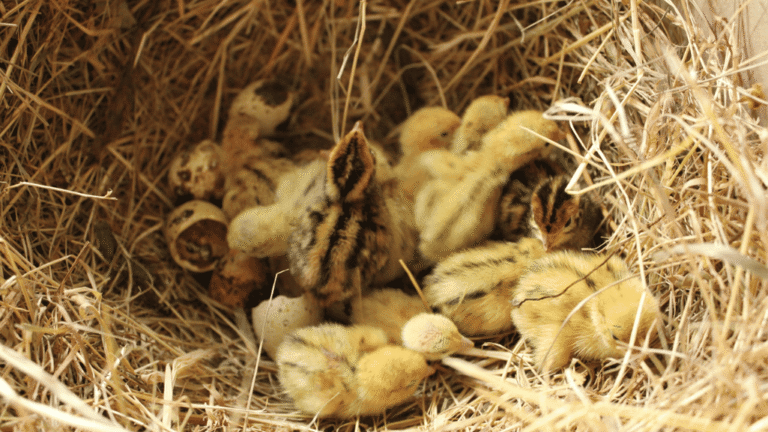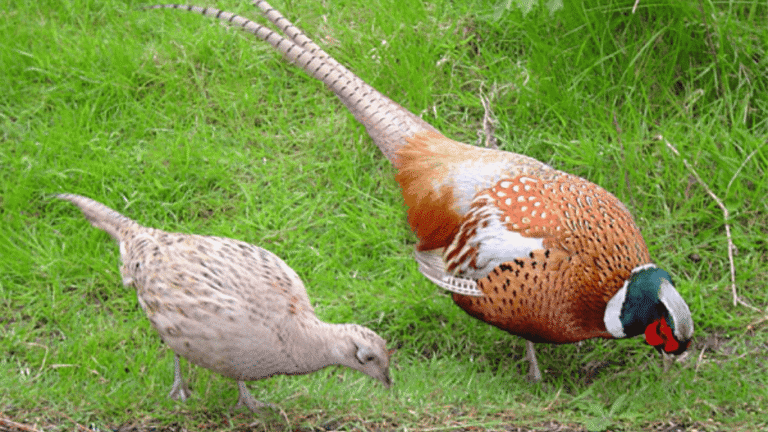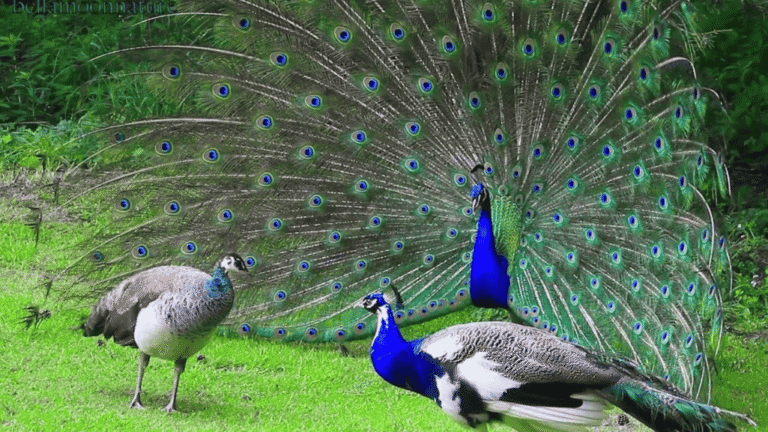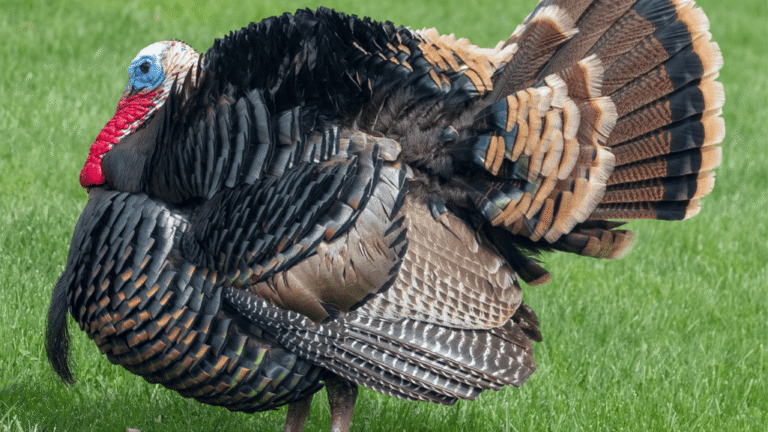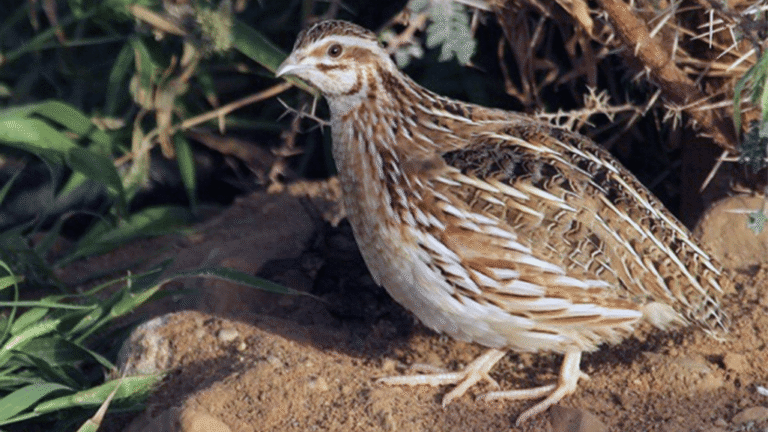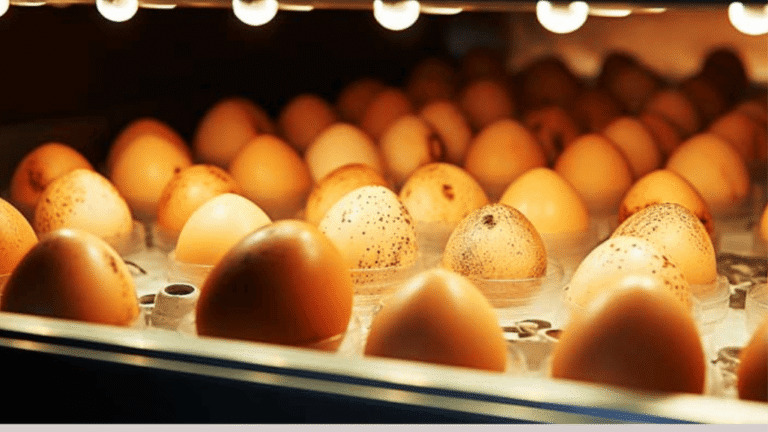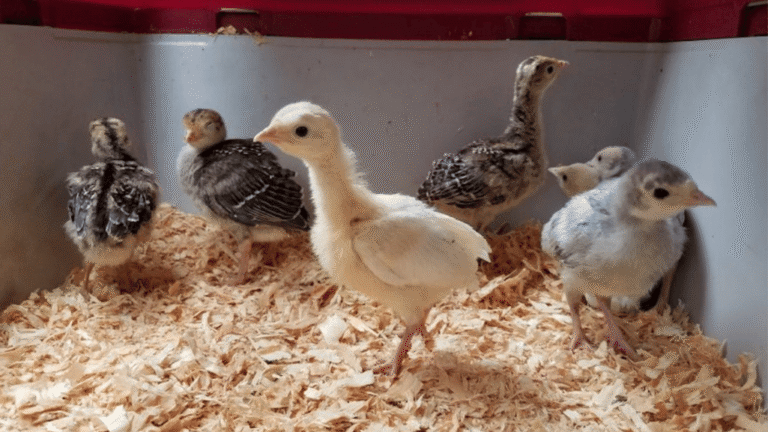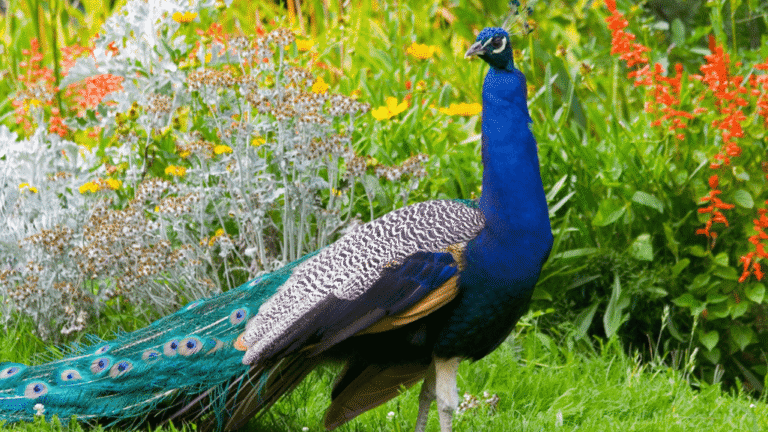Welcome to our guide on quail-friendly outdoor enclosures! If you’re considering keeping quail or already have a flock, it’s important to provide them with a safe and comfortable habitat. In this article, we’ll discuss the best designs and solutions for quail habitats, ensuring that your feathered friends have everything they need to thrive.
Key Takeaways:
- Creating a quail-friendly outdoor enclosure is essential for the well-being of your flock.
- Consider the size of your quail flock and provide adequate space for them to exercise, hide, and eat.
- Sufficient light is necessary for egg production and growth, so make sure your enclosure receives enough natural or supplemental lighting.
- Gather the necessary supplies, such as wire mesh, floor cover, and nest boxes, to create a safe and comfortable environment.
- There are various housing designs available, including stacked cages, wire cages, hutches, and outdoor pens.
Determining the Size of the Enclosure
When creating a quail enclosure, it’s crucial to consider the size of your quail flock to ensure adequate space for their well-being. The number of quail you plan to keep will determine the size of the housing required. Providing enough space is essential for the quail to move comfortably and engage in natural behaviors.
If you plan to keep both male and female quail together, a general recommendation is to have one male for every four females. This ratio helps establish a balanced social dynamic within the flock. For breeding purposes, smaller groups consisting of one male and two to three females are ideal to ensure successful mating and egg production.
While females can be housed in larger groups, introducing new birds to an established flock should be done with caution to prevent aggression and territorial behavior. Gradual introductions and monitoring the interactions are advisable.
By determining the appropriate size for your quail enclosure based on the size of your flock, you can provide a comfortable and harmonious living environment for your quail.
“Properly determining the size of the enclosure based on the quail flock’s needs is crucial to promote their well-being and create a harmonious living environment.”
Providing Adequate Space
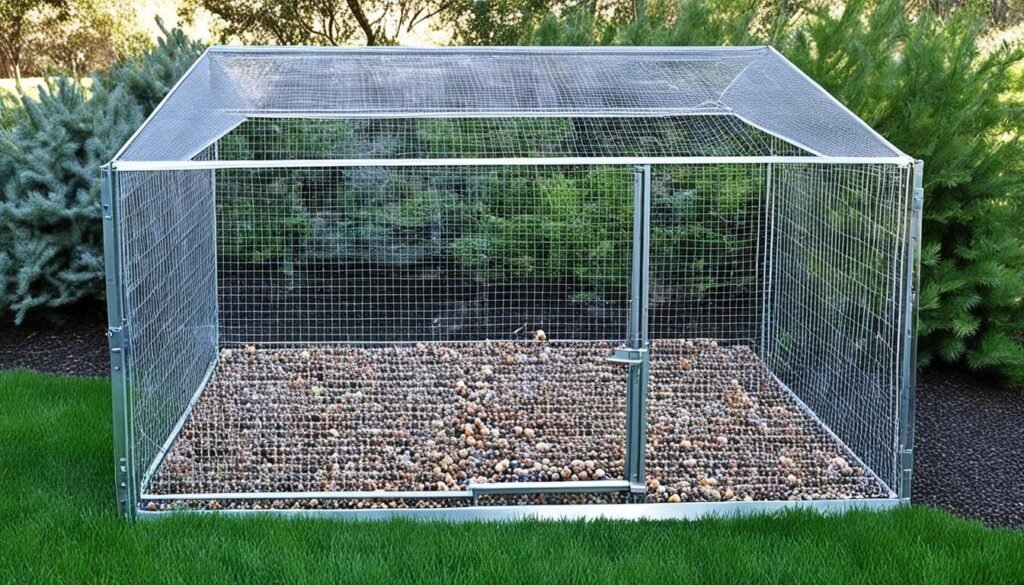
Quail require sufficient space in their outdoor enclosures to engage in essential activities such as exercise, hiding, and feeding. Offering ample room ensures their physical and mental well-being, allowing them to thrive in a natural and healthy environment.
When designing a quail enclosure, it is crucial to consider the available space per bird. A recommended guideline is to provide at least 125 sq. cm (about 20 sq. in) per quail. This space allows them to move freely and engage in their natural behaviors.
Moreover, it’s important to consider the height of the habitat to accommodate the quail’s vertical flight instinct. A minimum height of 30 cm (about 1 foot) is recommended to allow the quail to stretch their wings and exhibit their natural flight behavior, promoting their overall well-being.
If the primary purpose of keeping quail is for egg production, a smaller habitat such as a hutch or pen may be suitable. These enclosures can be designed to accommodate the specific needs of the quail for efficient egg production and collection.
Providing adequate space is not only beneficial for the physical health of the quail but also helps to establish a social hierarchy and minimize aggressive behaviors. By offering enough room for the quail to establish their territories and pecking order, conflicts can be reduced, promoting a harmonious and stress-free environment.
| Space Requirement | Vertical Flight Instinct | Enclosure for Egg Production |
|---|---|---|
| At least 125 sq. cm per bird | Minimum height: 30 cm | Smaller habitat like a hutch or pen |
Providing Sufficient Light
Quail require plenty of light to produce eggs and reach sexual maturity. Japanese quail, for example, need 14-18 hours of light per day for optimum fertility and egg production. During fall and winter, supplemental lighting may be necessary to maintain egg production. It is important to ensure that the habitat receives adequate light for the quail’s reproductive cycle and the growth of any plants in the enclosure.
To meet the lighting needs of quail, consider the following:
- Natural lighting: Position the quail enclosure in an area that receives ample sunlight throughout the day. This will help provide the necessary light for the quail’s natural reproductive cycle. Keep in mind that lighting requirements may vary depending on the species of quail.
- Supplemental lighting: During darker seasons or in areas with limited natural light, supplemental lighting can be used to ensure the quails’ exposure to the required amount of light. This can be achieved by using artificial light sources such as LED or fluorescent lights.
Recommended Lighting Schedule:
For optimal egg production, it is recommended to provide 14-18 hours of light per day for Japanese quail. The lighting schedule can be set up using timers to ensure consistent and adequate lighting.
| Hours of Light | Explanation |
|---|---|
| 14-18 hours | Optimal lighting duration for Japanese quail. |
| Less than 14 hours | May result in reduced egg production. |
| More than 18 hours | Can cause stress and disrupt the quail’s natural cycle. |
It’s important to note that light intensity also plays a role in quail egg production. The recommended light intensity is around 5 lux, simulating daylight conditions. This can be achieved by using light fixtures with the appropriate wattage and positioning them strategically within the enclosure.
“Providing sufficient light is crucial for quail egg production. Natural lighting and supplemental lighting options can be used to ensure that the quail receive the necessary light for optimum fertility and egg production.”
Gathering the Necessary Supplies
When building a quail habitat, it is essential to gather the necessary supplies to create a safe and comfortable environment for your quail. The following supplies are crucial for a well-designed quail enclosure:
1. Wire Mesh
To secure the sides of the enclosure and provide adequate ventilation, it is recommended to use 7 mm wire mesh. The wire mesh will prevent predators from accessing the quail while allowing fresh air to circulate within the habitat.
2. Floor Cover
An appropriate floor cover is necessary to ensure the comfort and hygiene of your quail. Consider using materials such as sand or soft wood shavings as floor coverings. These materials provide a comfortable surface for the quail to walk on and make cleaning the enclosure easier.
3. Nest Boxes
Quails require nest boxes to lay their eggs. Ensure the nest boxes are simple and provide enough space for the quail to comfortably lay their eggs. Place the nest boxes in a secluded area of the enclosure to offer privacy and encourage successful breeding.
4. Potted Plants or Shrubs
Including potted plants or shrubs in the quail habitat provides additional cover for the quail and enhances the overall aesthetic appeal. The plants offer natural hiding spots and create a more natural environment, mimicking the quail’s natural habitat.
5. Sand Tray
Quails love to dustbathe, which helps them maintain healthy feather quality and prevent parasites. Including a sand tray in the enclosure allows the quail to indulge in this instinctive behavior. Fill the tray with fine sand that is free of pesticides or harmful additives.
6. Flexible Roof Material
To prevent head injuries caused by the quail’s vertical flight, it is important to install a flexible roof material above the enclosure. This material will act as a cushion, providing a safe barrier for the quail. Ensure the roof material is securely fastened but still allows for flexibility and movement.
“Creating a well-equipped quail habitat involves gathering the necessary supplies. The wire mesh, floor cover, nest boxes, potted plants or shrubs, sand tray, and flexible roof material are all essential for providing a safe and comfortable environment for your quail.”
By gathering these essential supplies, you can ensure that your quail habitat is equipped with everything necessary for the well-being of your quail. The combination of wire mesh, floor cover, nest boxes, potted plants or shrubs, a sand tray, and a flexible roof material will create a secure and stimulating environment for your quail to thrive.
| Supply | Description |
|---|---|
| Wire Mesh | 7 mm wire mesh to secure the sides of the enclosure |
| Floor Cover | Appropriate material such as sand or soft wood shavings |
| Nest Boxes | Simple boxes for quail to lay eggs |
| Potted Plants or Shrubs | Addition of natural cover and environmental aesthetics |
| Sand Tray | Tray filled with fine sand for dustbathing |
| Flexible Roof Material | Material to prevent head injuries during vertical flight |
Quail Housing Designs
When it comes to quail housing, there are various options available to suit different needs and preferences. Whether you have a large quail-raising operation or are a hobbyist, there is a design that can work for you.
Stacked Quail Cages
Stacked cages are commonly used for larger quail-raising operations. They allow for efficient use of space by stacking multiple cages on top of each other. This design is especially useful when you have a large number of quail and limited space. Stacked cages are typically made of wire mesh and provide good ventilation and easy cleaning.
Wire Cages
Wire cages made from welded wire are another popular option for quail housing. These cages are easy to clean and maintain, making them suitable for both small-scale and commercial operations. Wire cages also allow for the attachment of feeders and waterers, providing easy access to food and water for the quail.
Quail Hutches
Quail hutches are an excellent choice for outdoor housing. They provide a secure and protected environment for the quail, shielding them from predators. Quail hutches usually have wire mesh sides and a solid roof to keep the quail safe. They can be easily moved around the yard to provide fresh grazing areas for the quail.
Recall Pens
Recall pens are designed specifically for training quail for hunting purposes. These pens are larger in size and have more open space to allow the quail to fly and exercise. They are typically made of wire mesh to provide good visibility, allowing the quail to get accustomed to their surroundings and recall to their trainers.
Ground Pens and Flight Pens
Ground pens and flight pens are popular choices for quail housing in both small-scale and commercial settings. Ground pens are designed to provide a spacious area for the quail to roam and forage. They are typically made of wire mesh to keep the quail contained while still allowing them to access the ground. Flight pens, on the other hand, are larger enclosures that provide ample space for the quail to fly. These pens are often used for raising quail for hunting or release purposes.
As you can see, there are several quail housing designs to choose from. Consider your specific needs, the number of quail you plan to keep, and the available space when selecting the right housing option for your quail.
Building Plans for Quail Enclosures
If you’re considering building your own quail enclosure, you’re in luck! There are numerous free design plans available that you can use as a starting point for your project. Whether you’re looking to convert a rabbit hutch, set up ground pens, or create a spacious walk-in aviary, there are options that suit different preferences and space constraints.
These DIY plans often require basic building materials, including:
- Wire mesh: Use 7 mm wire mesh to secure the sides of the enclosure and provide adequate ventilation.
- Lumber: Choose sturdy and weather-resistant lumber for framing and construction.
- Roofing material: Opt for a flexible and durable roofing material to protect your quail from the elements.
- Nesting materials: Provide soft bedding or straw in nest boxes, ensuring comfort for your quail.
When following these building plans, it’s important to adapt them to suit the specific needs of quail housing. Quail have unique requirements, such as adequate space, proper ventilation, and suitable nesting boxes. By incorporating these elements into your design, you can create a safe and comfortable environment for your quail flock.
Design Inspiration: Walk-In Aviary
If you have ample space and want to create a truly impressive quail enclosure, a walk-in aviary might be the ideal choice. These large-scale enclosures allow for easy access and interaction with your quail. Check out the image below for design inspiration:
With proper planning and the right materials, building your own quail enclosure can be a rewarding and cost-effective project. Whether you choose to incorporate existing plans or purchase detailed instructions from platforms like Etsy, take the time to ensure that your quail’s needs are met. By providing a secure and spacious habitat, you can create a thriving environment for your quail flock.
Conclusion
Creating a safe and comfortable environment for your quail is essential for their well-being. By considering the size of your flock, providing adequate space, sufficient light, and gathering the necessary supplies, you can ensure a quail-friendly outdoor enclosure.
There are various housing options available to suit your needs, from stacked cages to wire cages, hutches, and outdoor pens. These options provide different levels of security and accessibility.
If you prefer a hands-on approach, you can find free or affordable DIY plans online. These plans provide step-by-step instructions and list the materials needed to construct your quail enclosure.
By following these guidelines and considering the specific needs of your quail, you can create an environment that promotes their natural behavior and allows them to thrive. Remember, the key is to provide a safe and comfortable space where your quail can live happily.
FAQ
What should I consider when building a quail-friendly outdoor enclosure?
When building a quail-friendly outdoor enclosure, it is important to consider the size of the flock you want to keep, provide adequate space for the quail to exercise, hide, and eat, ensure sufficient light for egg production, and gather the necessary supplies.
How do I determine the size of the quail enclosure?
The size of the quail enclosure depends on the size of the flock. It is recommended to have 1 male quail for every 4 females if keeping them together, and smaller groups of 1 male and 2-3 females for breeding. The enclosure should offer at least 125 sq. cm per bird and a height of at least 30 cm to accommodate their vertical flight instinct.
Why is sufficient light important for quail enclosures?
Quail require plenty of light for optimum fertility and egg production. Japanese quail, for example, need 14-18 hours of light per day. Supplemental lighting may be necessary during fall and winter to maintain egg production.
What supplies do I need for a quail enclosure?
Necessary supplies for a quail enclosure include 7 mm wire mesh for the sides, an appropriate floor cover such as sand or soft wood shavings, potted plants or shrubs for cover, simple nest boxes, a sand tray for dustbathing, and a flexible roof material to prevent head injuries.
What are the different designs for quail housing?
Stacked cages, wire cages, quail hutches, and outdoor pens are popular options for quail housing. Each design has its own advantages and considerations.
Where can I find building plans for quail enclosures?
You can find free quail enclosure designs online, or you can purchase detailed plans on platforms like Etsy. These plans provide instructions and cut lists for various quail enclosures.
What is the key to creating a safe quail enclosure?
By considering the size of the flock, providing adequate space, sufficient light, and gathering the necessary supplies, you can create a safe and comfortable environment for your quail.


